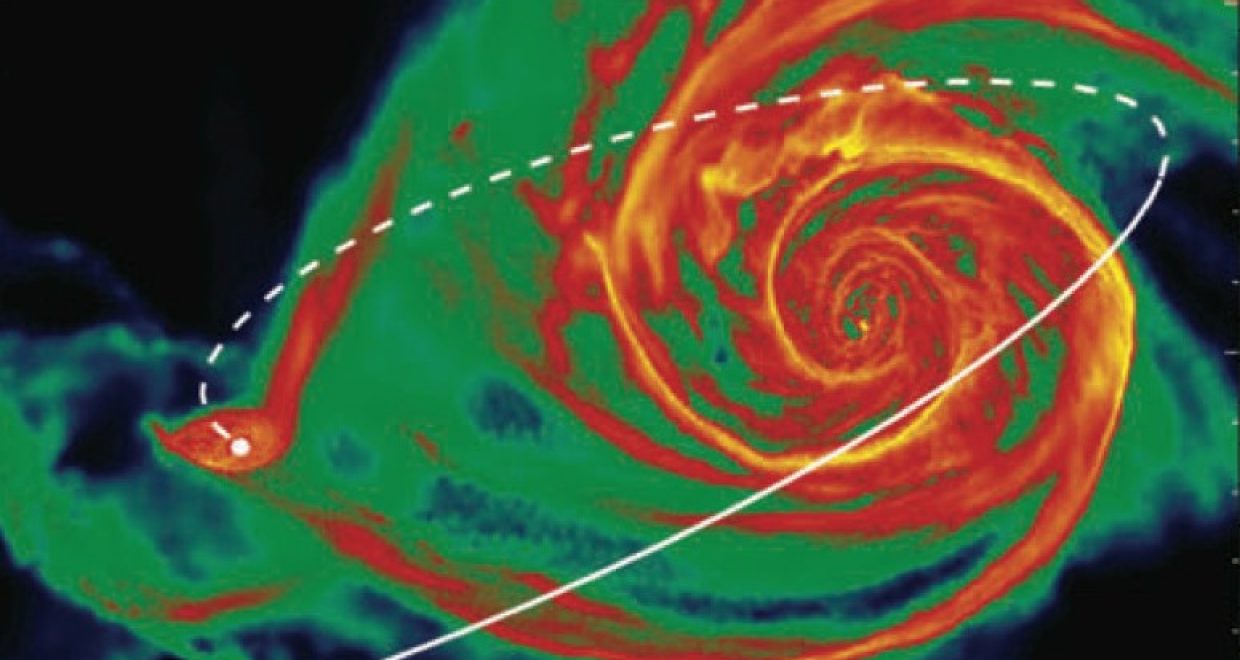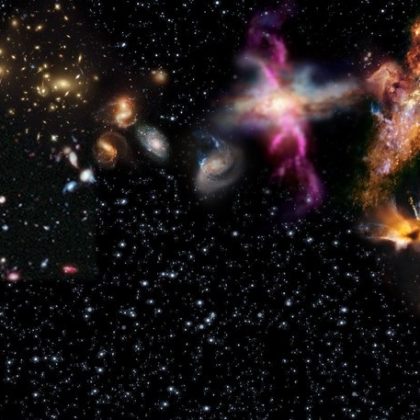Spiral Structures in Disc Galaxies
The Dawes Reviews are substantial, Open Access, reviews of topical areas in astronomy published in Publications of the Astronomical Society of Australia (PASA) by authors of international standing at the invitation of the PASA Editorial Board. The reviews recognise William Dawes (1762–1836), second lieutenant in the Royal Marines and the astronomer on the First Fleet. In this blog Clare Dobbs from the School of Physics and Astronomy at the University of Exeter discusses her recent Dawes Review 4: Spiral Structures in Disc Galaxies.
“Spiral galaxies are among the most stunning objects in the universe. What causes the spiral structure in galaxies is however a longstanding problem in astrophysics. The Dawes Review 4 examines the various ways spiral structure may develop in galaxies, starting with theories which were developed 50 or more years ago and moving on to recent numerical simulations. Although there is no universally accepted explanation of spiral structure, the review argues that in most cases, the spiral arms in galaxies are likely to be transient. In many cases, the arms may be generated by localised gravitational instabilities in the stellar disc of a galaxy (see Figure 1). These instabilities can grow to produce longer spiral arms, but the arms themselves last only of order 100 Myr. This means that the winding problem, whereby spiral arms are expected to wind up very tightly over time, is largely avoided because the arms are shortlived. Numerical simulations readily reproduce galaxies where spiral features are produced in this way, the number of arms and their shapes agreeing with the predictions of theory.
Figure 1.
Tidal interactions may also produce spiral structure, in particular leading to grand design galaxies with two clear spiral arms. The arms may well last longer in this case (dependent on the mass of the second galaxy), possibly up to a Gyr, but ultimately the arms are expected to disperse. Numerical simulations again demonstrate the evolution of galaxies with spiral arms induced by a companion galaxy (Figure 2).
Figure 2.
Traditionally spiral arms are proposed to be fixed, rigidly rotating structures, according to Lin-Shu density wave theory. However, good agreement between the transient arm model and observations, coupled with difficulties reproducing such fixed structures in simulations, led the review to conclude that this was a less likely explanation for spiral structure, at least in galaxies without a prominent bar.
Regarding our Galaxy, there is mixed evidence regarding the origin of the spiral arms. Our Galaxy is complicated, because it has a bar, is closely interacting with the Large and Small Magellanic Clouds as well as being part of a small group. The presence of symmetrical arms would argue for the Lin-Shu model. Simulations though, in particular recent work studying isolated discs (Pettitt et al. 2015), suggest that at least the outer spiral structure of the Galaxy may simply be due to localised gravitational instabilities, with no obvious contribution from interactions with other galaxies or the central bar.”








